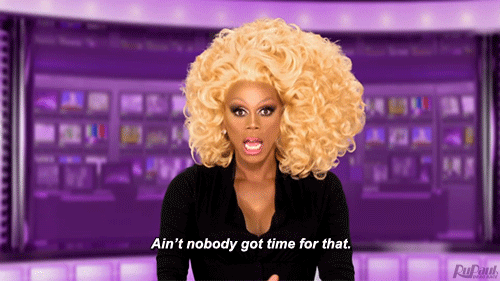I’ve spent the past two months on the conference circuit. I spoke to groups of journalists in San Francisco, Boston, New York, and Alaska. And I’ll confess something to you: Even though I love working in media and mostly love the other people who do, too, it got to be really depressing. Question after question focused on limitations, ranging from “What if my editor doesn’t get it?” to “How are we going to pay for it all?”

There was the journalism professor who complained to me that his students won’t read more than 1,500 words at a time. The book publicist who declared she didn’t have time for Twitter. Young journalist after young journalist whose editors loved the Pulitzer Prize-winning, multimedia New York Times feature “Snowfall” but didn’t want to divert any resources to hire a programmer or two. I understand why all these journalists are worried and bummed out. I get it: Staff jobs are at a 30-year low, freelancing is tough, and there’s no one model, no silver bullet to solve what most people agree is a resources crisis.
But.

I’m in a minority of reporters and editors who are genuinely excited to be working at this moment in history and not in the past. Again and again, I found myself playing the role of cheerleader, trying to convince tired and broke journalists to get excited about the future of media. Here’s the case I’ve been trying to make:
–You have access to a world of sources. Sure, there were always a plethora of interview subjects out there. But it’s never been easier to find and reach out to anyone. Folks who were once tough to reach by telephone are now more likely to have a smartphone on them and can shoot you a quick reply.
–Consumers have access to a world of media. Decades ago, you may have had a secure staff job that you knew you could hang onto until retirement. But your work was reaching a much smaller group of news consumers. Don’t you want your journalism to have the widest possible reach and impact? (Incidentally, this is also the case against paywalls. But that’s another column…)
–And you have direct access to news consumers. Gone are the days when you had to rely on only the most engaged readers and viewers to provide you with feedback. Now you can easily send your work directly to people who are likely to care about it. You’ll hear from them on social media, in comments, in your inbox. I know a lot of journalists hate this, but it’s a good thing. Again, don’t you want your work to have reach and impact–and don’t you want more ways of gauging and measuring what that impact is?
–Chaos is good for creativity. When traditional paths to professional success are closed, those of us who love journalism so much we’d never give up altogether are forced to redefine success–and our methods of seeking it. Luckily, at a moment when everyone is hungry for new models and solutions, there are more ways to gather and disseminate the news than ever before.
Here’s a little secret: Even if I’m wrong and it’s not the best moment, we’d all be well-served to operate as if it is. Because you know what? The old models aren’t coming back. Lamenting the death of classifieds and display advertising and annual subscribers isn’t serving anyone. The sooner journalists start seeing disruption and technology as opportunity, the better off we’ll all be.
This final lesson didn’t really hit home for me until late April, when I was a speaker at MoxieCon, a one-day conference in Chicago where designers and entrepreneurs got together to talk about the intersection of business and creativity. While peppered with presentations on practical legal advice and some reality checks about finances, most of the day was about how to take smart, creative risks. And it struck me that professional journalists could learn a lot from these designers. Creative risk-taking is now a core journalistic job skill, and it needs to be prioritized.
Learning how to adapt and evolve is just as important as preserving hallowed crafts like editing and writing. And if journalism is going to survive, the tension between preservation and evolution has to become a source of fun and inspiration, not gloom and doom.
Ann Friedman is a magazine editor who loves the internet. She lives in Los Angeles
